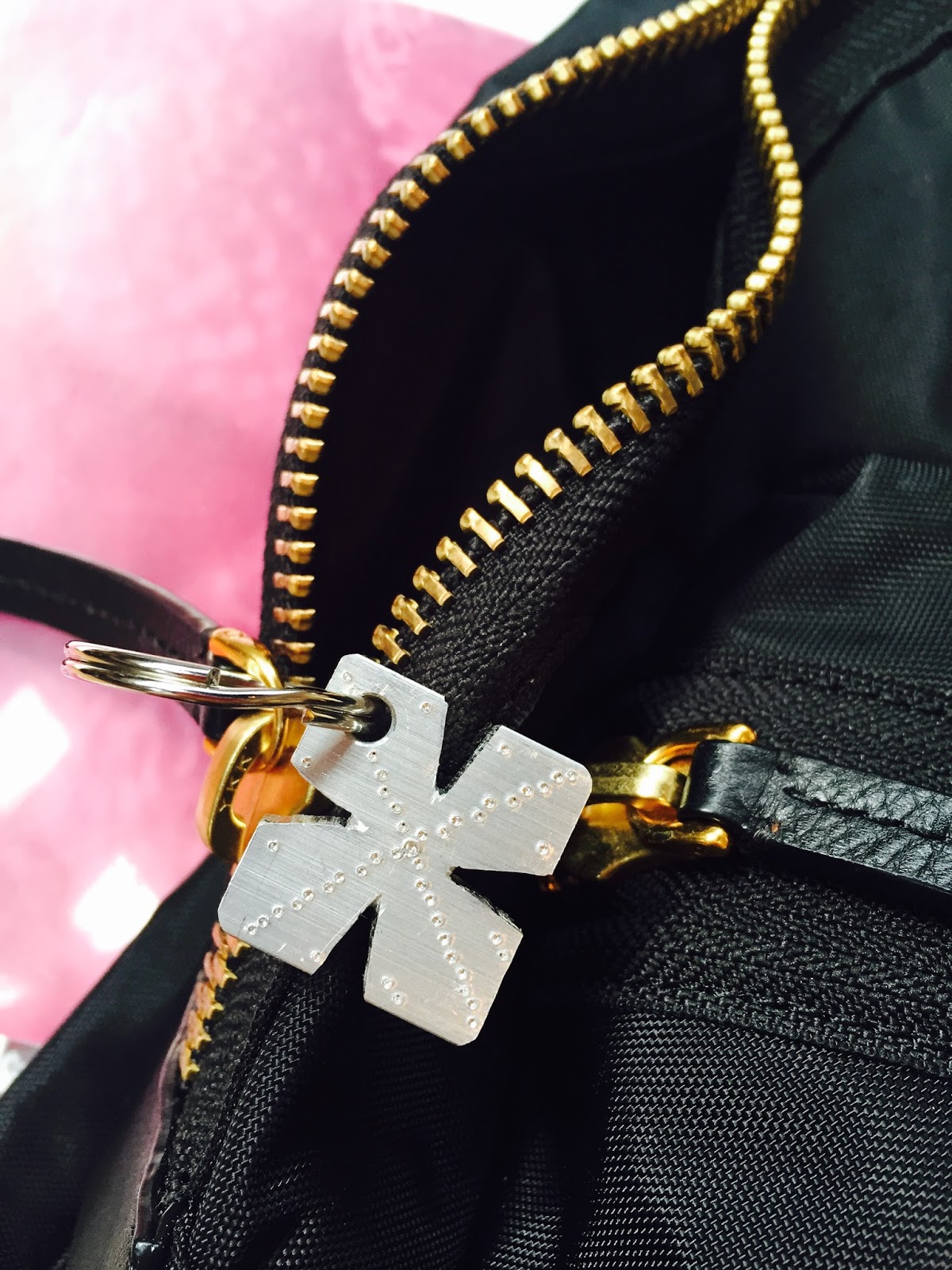In class, Cynthia and I did another exercise in reverse engineering by taking apart an old HP printer. Turns out, those things are made of more parts than you'd imagine!
Affordances and Mapping
Some affordances we noticed:
- The tray is paper sized, indicating that we should put paper there
- Lots of finger holes/indents everywhere
- Buttons stick out, making them infinitely more pressable
Some instances of mapping:
- Ink cartridges are distinguished by color
- Buttons had lights behind them, which presumably indicated the printer's activity
Interfaces
This printer is complex! Here are some ways the pieces fit together:
- Pieces are designed to go in but not come out i.e. lots of the plastic bits had "hooks" on them (plastic tab flexures and regular tabs)
- Interior was fastened together by lots of screws
- Paper was funneled through the printer by gears
Cost and Manufacturing
The vast majority of the plastic parts were obviously injection molded, particularly the shell (body) of the printer. The internal coils and wire/rods were extruded, and there were several large stamped metal sheets on the bottom and inside of the printer. Our best guess for the screws' production was casting or rolling, but judging by the crudeness of their form, they are more likely to have been rolled.
Caitlin, Annie, and I did some brainstorming and research into a grip aid for adaptive feathering. Here's what we came up with:
Key Brainstorming Ideas
- Sticky things (attaching fingers to grip)
- Oar modifications (finger holes, ridges, etc.)
- Tying (string to wrap fingers to grip etc.)
- Gloves (may include other categories)
Brainstormed Topic Themes
See mind map: circled purple ideas are most promising research directions. These are:
- Other sports modifications. Since adaptive rowing is relatively new, could look into similar “grip” sports like skiing, golf, tennis, weightlifting, etc.
- Medical braces/equipment.
- What do children use to prevent harm but stay active?
- How do we ensure quick release for safety? How do we prevent our device from harming the hand/body?
- What kinds of material would best allow for flexibility? What types of attachments are possible?
- Sports regulations
Google Research with Links
Below are some interesting companies whose products may inspire a project. Each company’s product has different aspects that could be included/further explored:
Other Thoughts
- Wrist mobility very important
- Skiing are a very good opportunity to build on (as well as other existing adaptive sports equipment)
- What do rowing grip aids already look like?
- What regulations are already in place?
1. How do you begin an erg workout? Would you mind demonstrating?
2. Do you work out alone or with a coach? If a coach is involved, what is their involvement like?
3. What do you do if you encounter a problem during your workout?
4. Describe your typical erg workout.
5. What do you find frustrating about the ergs?





























